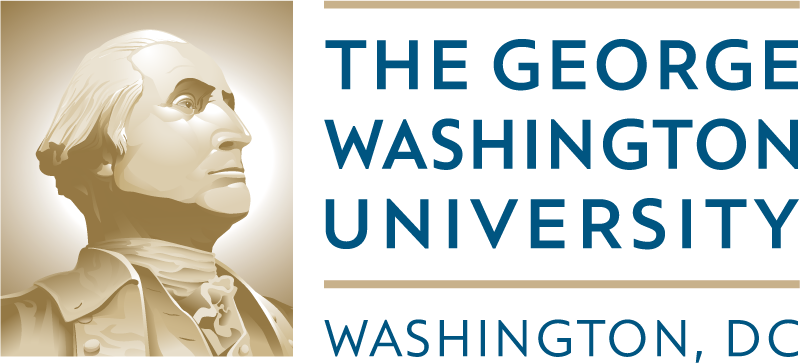Michael Chabon, Norse Myths, and Alternate Universes
 In anticipation of Michael Chabon reading at GW on March 23 at 7 PM (Jack Morton Auditorium, SMPA), I offer this piece that I composed back in 2006.
In anticipation of Michael Chabon reading at GW on March 23 at 7 PM (Jack Morton Auditorium, SMPA), I offer this piece that I composed back in 2006.
I was in the third grade when I first read this book, and already suffering the changes, the horns, wings and tusks that grow on your imagination when you thrive on a steady diet of myths and fairy tales … The world of the Norse gods and men and giants, which the d’Aulaires depicted, in a stunning series of lithographs, with such loving and whimsical and brutal delicacy, begins in darkness, and ends in darkness, and is veined like a fire with darkness that forks and branches. It is a world conjured against darkness, in its lee, so to speak … We all grew up — all of us, from the beginning — in a time of violence, absurdity and Armageddon, prey and witness to the worst and best in humanity, in a world ruined and made interesting by Loki. I took comfort, as a kid, in knowing that things had always been as awful and as wonderful as they were now, that the world had always been on the edge of total destruction, even if, in Maryland in 1969, as today, it seemed a little more true than usual.
So writes Michael Chabon in his introduction to the recently reissued children’s classic, D’Aulaire’s Book of Norse Myths (known to those of us who read it in its earlier incarnations as Norse Gods and Giants). The book is worth purchasing for Chabon’s preface alone, so well does his short essay capture the appeal of this alternate universe as portrayed by the d’Aulaires. Chabon describes how the book combined “fustian-free” and shockingly nonjudgmental prose with “spectacular and quirky” lithographs — a true marriage of text and picture in which Edgar Parin d’Aulaire and Ingri Mortenson became, like their art, a composite entity.
I’ve enjoyed Chabon’s work since his debut novel, The Mysteries of Pittsburgh, so it was amusing to find that he was as passionate in his youth about the work of the d’Aulaires as I was. Reading their Book of Greek Myths in second grade made me want to become a classicist (it was only later in life that I figured out that the d’Aulaires had de-sexualized those stories quite a bit, describing every erotic conquest of a male god as his “wife”). Their retelling of Northern mythology, on the other hand, may have cemented my fate as a medievalist: otherwise I am at a loss to explain those years I spent learning Old English and Old Norse. There was something appealingly alien in the world they conjured through their art, a strange place where the divinities were both mortal and juvenile; where fate could be tricked and the heavens confused; where a god of mischief might transform himself into a mare and find himself the surprised mother of a baby horse, Sleipnir. It seemed to my youthful mind that the laws governing virtue, reward, justice and biology simply didn’t apply in this realm … and I loved that.
I picked up my copy of D’Aulaire’s Book of Norse Myths at a bookstore in Hanover, NH last month. It has been republished by the New York Review in a faithful presentation that retains the high quality stock of the original paper, and even its slightly beige color. It’s been a trip down memory lane for me — at least when I can wrench the thing from Kid #1’s hands. He was attempting to place it in his bookbag this morning to read at school and didn’t buy my patently weak reason for forbidding it (“The book is too heavy to take” I declared. Why is it mandatory as a parent that you say stupid things to your offspring?). Somehow I did convince him to let me have the volume, and I’ve spent the morning lost in its quirky, non-fustian world.
